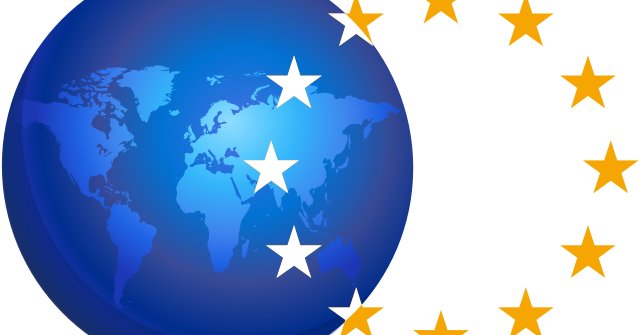Foreign policy is one of the fundamental pillars of any state since it is the form of expression of its interests in other countries foreign policy covers issues as distant as assistance to a citizen in a foreign territory, the promotion of national trade, the foment of a language, or collaboration in security matters among others. Despite the fact that foreign policy cannot be separated from domestic policy, since in the end it is the elected politicians of the moment who make the decisions, much of the work and negotiations take place in diplomatic missions, better known as embassies, which are a group of people sent to represent their country in the host country on a permanent basis, and who are usually career civil servants.
Although the use of embassy networks has developed and expanded globally only in contemporary history, its use as a settled and constant institution is documented as early as the 15th century with the creation of the embassy to the city of Florence by the Duchy of Milan. This The concept of permanence is very important because it is a sign of interest and good intentions in order to strengthen ties, so when a conflict arises between nations and there is no sign of finding a solution, ambassadors are expelled. This is a symbolic act because relations between countries never cease. Today, the oldest embassy still in operation is a representation of Spain to the Holy See, which has been carrying out diplomatic work uninterruptedly for more than 400 years.
When talking about embassies of the European Union, we can refer to two different things: to the embassies of the member states, or to the “embassies” of the Union. They are not the same thing. In fact, the 27 nations that make up the Union have their own diplomatic headquarters in third countries, as each has its own international interests.
On the one hand, this makes for a complex administration in the development of common external action policies among the member countries and weakens European diplomacy to some extent by not uniting the voice under a single representation., However, there are working methods that ensure a certain uniformity in their actions through a Council working group called “Consular Affairs” or (COCON), which is responsible for discussing and coordinating matters related to consular cooperation between the Member States and the European External Action Service (EEAS) in third countries.
On the other hand, steps have been taken to integrate the various embassies under a common set of rules for at least the citizens of the Union. Under Article 20 (a), (c) and 23 of the Treaty on the Functioning of the European Union, as well as Article 46 of the Charter of Fundamental Rights of the European Union, any citizen of the Union may request assistance from embassies of any member country and will be treated under the same conditions as those under which they assist their own nationals.
The EU embassies, not those of member states, come from the Lisbon Treaty where the aforementioned European External Action Service (EEAS) was created., It began operating in 2011, with the aim of coordinating the EU’s diplomatic relations with other countries and developing the Union’s foreign and security policy In summary, it makes European foreign policy more coherent.
At present, the EU has 139 offices around the world, which are what we consider the “embassies” of the Union. These “embassies” are not known to the majority of the European population despite their growing importance as a direct diplomatic actor. However, while such embassies did not exist decades ago, there have always been ways to achieve representation. Such offices were originally called Information Offices, and the United States was the first to have one since it was the first nation to recognize the European Coal and Steel Community.
Currently, in the United States, as the EU’s main partner, the EU has two offices, one located in San Francisco with a focus on technology and business, while the other is in Washington D.C., where it represents the interests of the Member States and coordinates with the rest of the EU embassies.
In that office, we can find Jovita Neliupšienė, the new ambassador of the European Union to the United States since the beginning of this year. Before taking the reins of this, she was deputy minister of foreign affairs of Lithuania, where she was in charge of coordination of European Affairs, and bilateral and regional European issues.; she was also deputy minister of economy and innovation, ambassador to the EU, advisor to the president of the Republic of Lithuania, as well as other positions that demonstrate the responsibility and importance that her position requires.
There are those who consider, with different arguments, that the existence of these EU embassies is a waste of money, but they lack an understanding of what diplomacy is and what the European Union consists of. Those who think that these embassies should not exist because the EU is not a country, do so because they do not know what is the path and the destiny that the Union pursues. Whoever considers that the European Union is duplicating the expenditure given the previous existence of the embassies of the Member States, is because he does not know what the European Union is all about.
In conclusion, I would like to emphasize that in a world of great powers it is necessary for the European Union to be able to express itself as a single voice, and the steps that have been taken in recent years indicate that Brussels is aware of this.
This article was proofread and edited by Ella Powell

Follow the comments: |
|
